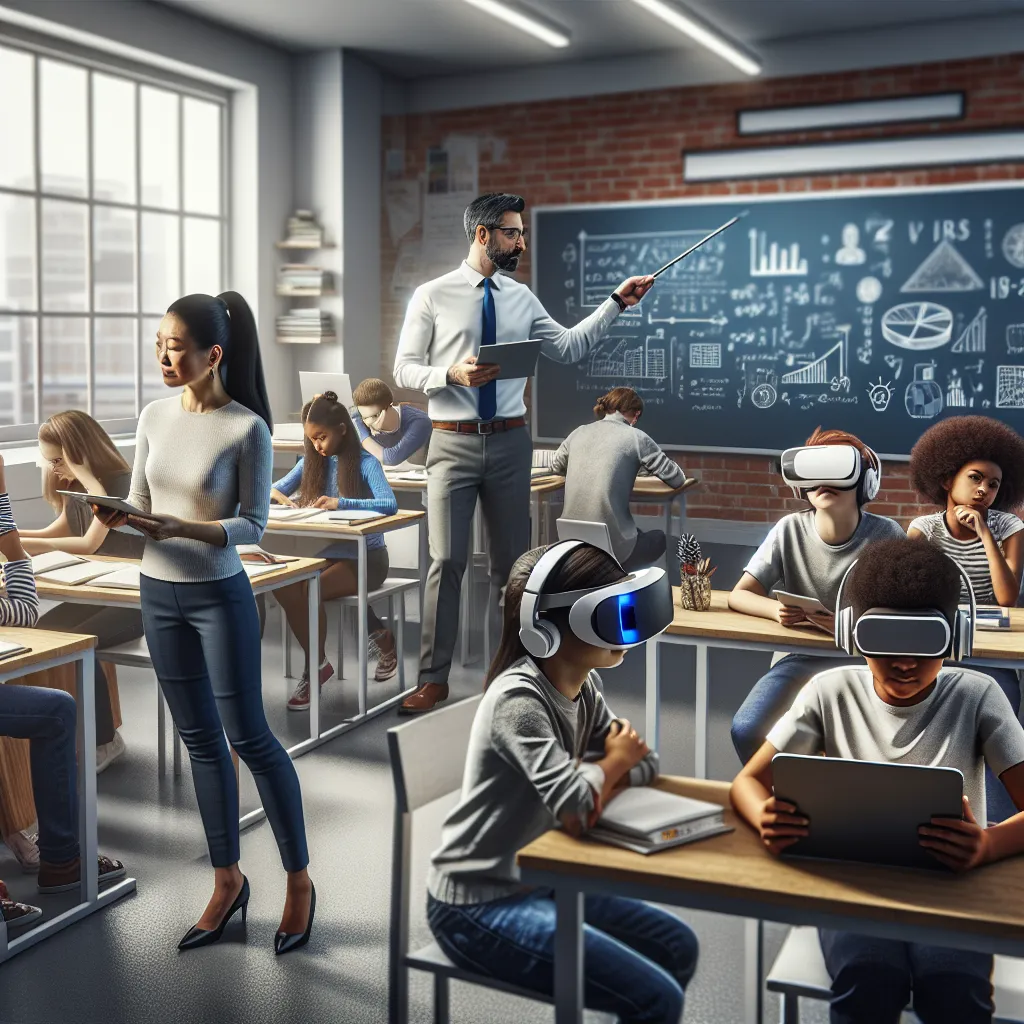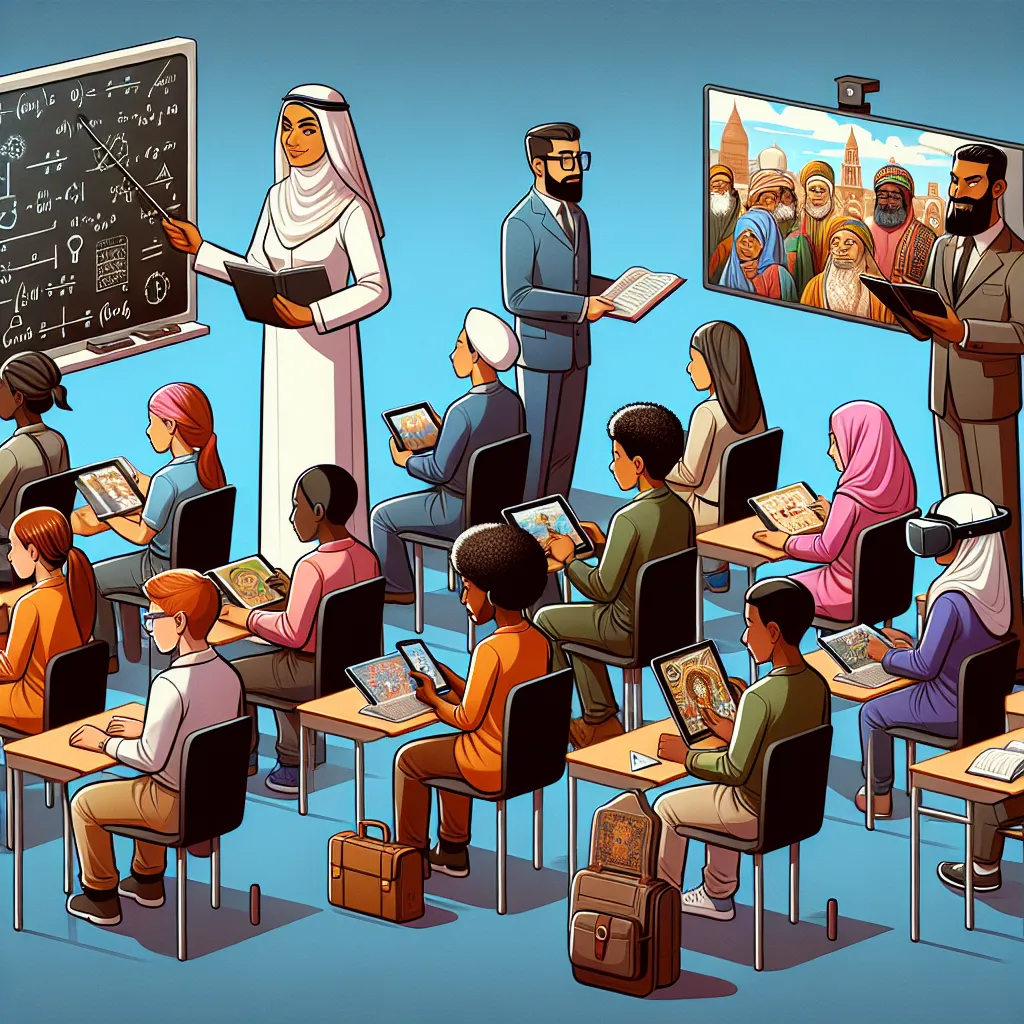Ask AI on The Internet
Question: Explain three innovative ways in which teachers can effectively use ICTs to engage students and facilitate active learning in the classroom. Provide examples for each
Absolutely, incorporating Information and Communication Technologies (ICTs) can significantly enhance student engagement and active learning. Here are three innovative ways teachers can use ICTs in the classroom: ### 1. **Flipped Classroom Model Using Video Lectures** **How It Works:** - In a flipped classroom, traditional lecture and homework elements are reversed. Teachers can use ICT to create or curate video lectures that students watch at home at their own pace. **Example:** - **Video Creation Platforms:** Teachers can use platforms like Edpuzzle to create interactive video lessons, embedding questions and quizzes within the videos to ensure students are comprehending the material. - **YouTube Channels:** Teachers can start a YouTube channel to upload their video lectures. This allows students to revisit the lessons as needed. **Benefits:** - This model frees up classroom time for hands-on activities, discussion, and personalized support, fostering a more interactive and engaging learning environment. ### 2. **Gamification Using Educational Apps and Games** **How It Works:** - Gamification incorporates game design elements into non-game contexts, such as classrooms, to make learning more engaging. **Example:** - **Kahoot!:** Teachers can use Kahoot! to create quizzes that students can answer in real-time using their devices. This can turn a review session into a fun, competitive game. - **Classcraft:** This platform turns the classroom experience into a role-playing game. Students earn points for good behavior and milestones, working together to complete missions. **Benefits:** - Gamification makes learning fun and interactive. It can motivate students to participate actively, reinforce concepts, and track progress in an engaging way. ### 3. **Collaborative Projects Using Cloud-Based Tools** **How It Works:** - Cloud-based tools like Google Workspace (formerly G Suite) enable real-time collaboration among students, even if they are not physically in the same space. **Example:** - **Google Docs and Slides:** Students can work on a research project together on a shared Google Doc, or create a group presentation using Google Slides. Each student can contribute and receive feedback in real time. - **Padlet:** This online bulletin board allows students to post notes, images, links, and videos, making collaborative brainstorming and project planning more interactive and visually engaging. **Benefits:** - These tools foster a sense of teamwork and collaboration. They also help students develop important digital literacy skills, such as managing shared documents and working collaboratively online. By leveraging these ICT tools and strategies, teachers can create a dynamic classroom environment that not only engages students but also promotes deeper learning and collaboration.
Think your answer is better than the AI's? Post it below.
Other Most Relevant Posts:
 Revolutionizing Education: Leveraging Technology for Enhanced Learning
1. Enhancing the quality of teaching and learning:
a. Utilizing computers for interactive lessons, simulations, and access to va
Revolutionizing Education: Leveraging Technology for Enhanced Learning
1. Enhancing the quality of teaching and learning:
a. Utilizing computers for interactive lessons, simulations, and access to va
 Harnessing ICT for Enhanced Learning: A Case Study on the Impact of Interactive Whiteboards in the Classroom
Harnessing ICT for Enhanced Learning: A Case Study on the Impact of Interactive Whiteboards in the Classroom
 Incorporating Technology for Enhanced Teaching and Learning: A Blueprint for Engaging, Fun, and Innovative Lessons
Incorporating Technology for Enhanced Teaching and Learning: A Blueprint for Engaging, Fun, and Innovative Lessons
Question Tags
If you want your question answered by an AI, click here.




Post your own comment: